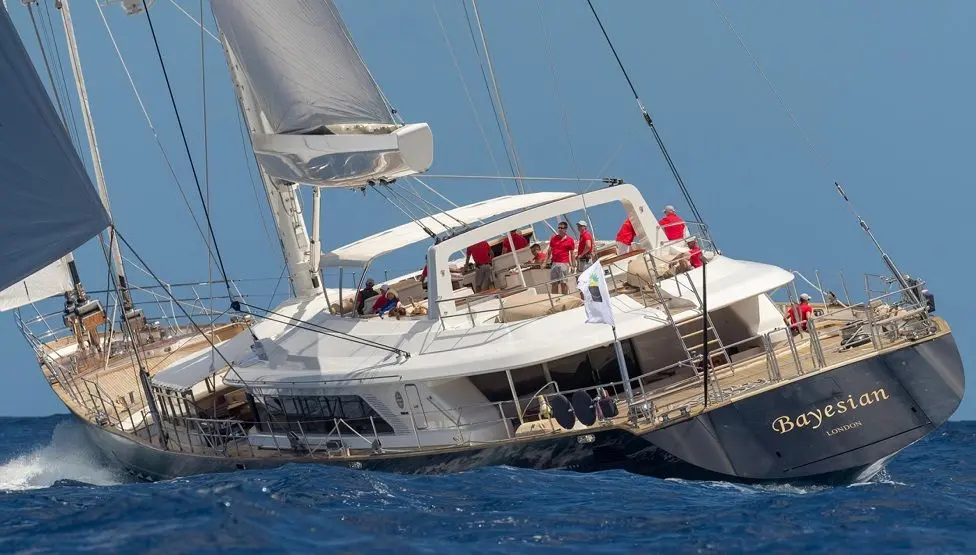29/01/2025
How R&D and Tax Relief Drive Maritime Amid Tightening Regulations

29/01/2025

In the maritime industry, where safety is paramount and lives depend on the flawless functioning of every component, the need for continuous research and development (R&D) is critical. As health and safety regulations tighten, the stakes for ensuring passenger safety rise correspondingly. This has spurred significant investments in innovative technologies, materials, and processes. However, such advancements come at a cost. Here, we explore how R&D efforts are prioritised to ensure safety and how R&D tax relief supports these essential initiatives, using the context of recent industry incidents and the push for innovation.
Maritime operations present unique challenges where reliability can mean the difference between life and death. This reality was starkly underscored by the recent tragedy involving the sinking of a luxury yacht. Such events highlight the dire consequences of component failures at sea and reinforce the urgent need for high safety standards.
Companies within the maritime sector, including those that manufacture crucial components like maritime windows, must ensure that their products can withstand the harshest conditions. This involves extensive R&D that prioritises:
The investment required for maritime R&D is substantial. Fortunately, R&D tax relief provides crucial financial support to help companies continue their commitment to safety and compliance. Here’s how tax relief aligns with various aspects of R&D in the maritime industry:
1. Development of Advanced Safety Technologies
Maritime companies invest heavily in developing cutting-edge safety technologies, such as:
2. Innovative Materials and Structural Designs
R&D tax relief helps maritime companies offset the costs involved in exploring new materials and refining designs:
3. Fire Safety Innovations
Maritime R&D extends to fire prevention and containment, which are essential for passenger safety:
4. Life-Saving Equipment and Procedures
The development of modern life-saving equipment is another area supported by R&D tax relief:
The maritime industry operates under rigorous national and international safety regulations that are only becoming stricter in response to incidents and technological advances. This regulatory environment drives continuous investment in R&D to ensure compliance:
Maritime window manufacturers and other component producers are acutely aware that failures are not an option. R&D focuses on creating solutions that prevent incidents and protect lives. Recent events reinforce the importance of developing fail-safe equipment. R&D tax relief ensures that these investments are financially viable, allowing for the development of components that meet the highest safety standards.
Eco-Friendly Safety Solutions
With a growing emphasis on sustainability, maritime R&D now includes eco-friendly innovations that balance environmental impact with safety:
The maritime industry's commitment to passenger safety is unwavering, driven by the understanding that failures at sea have dire consequences. The extensive R&D required to develop safety-first innovations, including robust materials, advanced fire safety systems, and life-saving equipment, is supported by R&D tax relief. This financial mechanism allows maritime companies to continue investing in the high-cost development necessary to meet tightening regulations and uphold the highest safety standards. By leveraging R&D tax relief, the industry can ensure that passengers and crew alike benefit from the latest advancements, reinforcing safety as a fundamental priority.

Written by: Laura Velasquez
Marketing Manager focused on Tax Incentives for Innovation
01708 925 641

For more information on how Easy R&D can support your business, please contact us directly.
Get in touchEvery customer and every claim we work with benefits from our deep expertise in how HMRC manages R&D tax credit applications.
If you'd like to learn how R&D Tax Relief could support your business, our team is here to help you.
Stay informed on the latest R&D Tax Relief updates, gain exclusive insights from our experts, and receive industry-specific tips by signing up for Easy R&D’s newsletter.